Home>Garden Essentials>What Plants To Use In A Vertical Garden
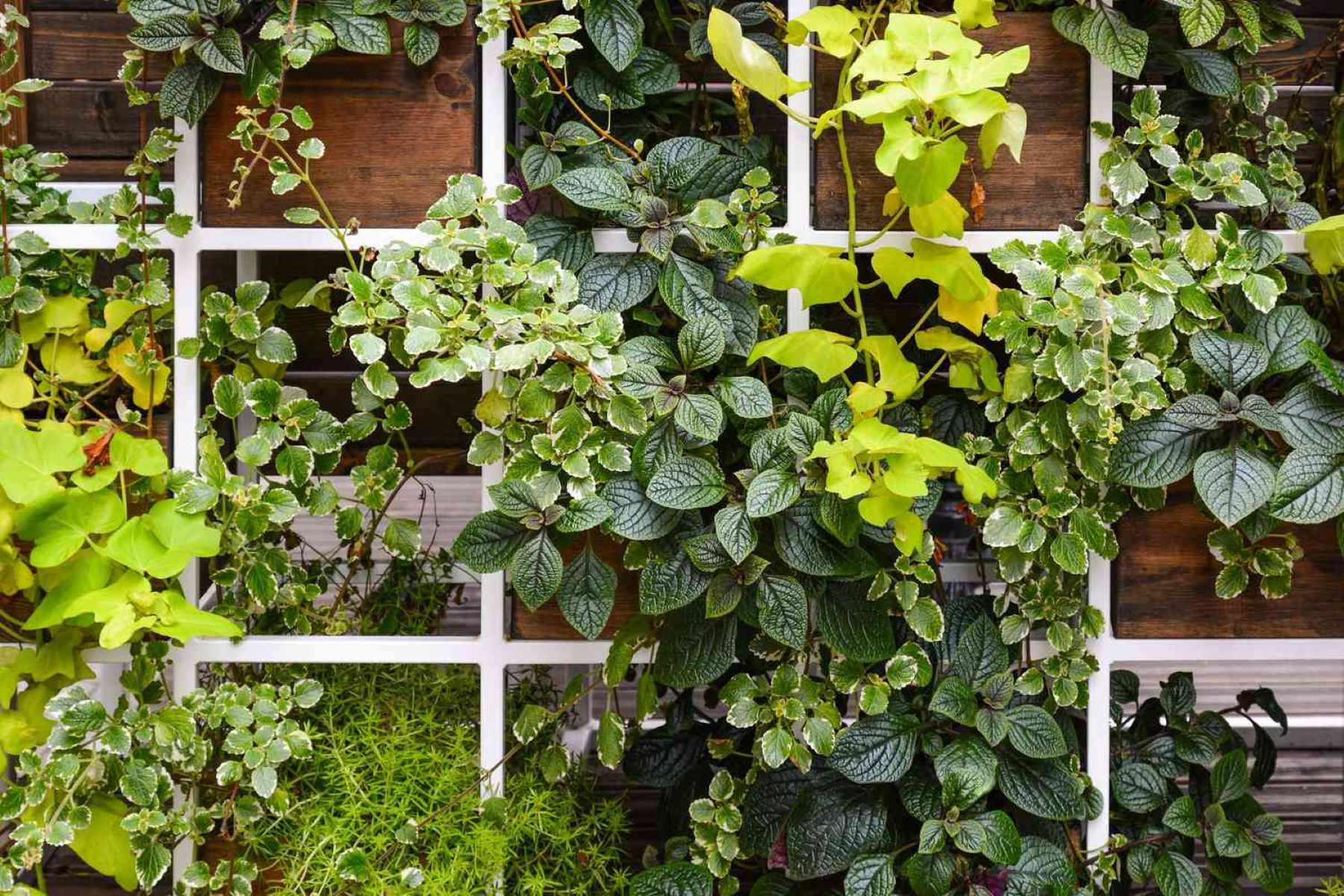

Garden Essentials
What Plants To Use In A Vertical Garden
Modified: March 15, 2024
Discover the best plants to use in a vertical garden and transform your outdoor space. Explore a variety of garden options and create a stunning garden display.
(Many of the links in this article redirect to a specific reviewed product. Your purchase of these products through affiliate links helps to generate commission for Storables.com, at no extra cost. Learn more)
Introduction
Vertical gardening is an innovative and space-saving approach to gardening that allows you to grow plants vertically, whether it’s on walls, fences, or trellises. This modern gardening technique is gaining popularity among garden enthusiasts, urban dwellers, and even those with limited gardening space.
Vertical gardens not only add beauty to any space but also offer a range of benefits. They can transform a boring wall into a vibrant living tapestry and provide fresh herbs, vegetables, or flowers right at your fingertips. Moreover, vertical gardens can help purify the air, reduce noise, and even act as insulation, making them a sustainable and eco-friendly choice.
However, creating a successful vertical garden requires some planning and consideration. Factors such as light exposure, wind direction, and the choice of plants all play a crucial role in the success of your vertical garden. In this article, we will guide you through the selection of suitable plants for your vertical garden, ensuring a lush and thriving display.
Key Takeaways:
- Vertical gardening maximizes space, adds beauty, and provides fresh produce. Factors like light, water, and plant selection are crucial for a thriving vertical garden. It’s a rewarding and space-saving way to reconnect with nature.
- Choose plants like climbing roses, strawberries, and succulents for a vibrant and lush vertical garden. Regular maintenance, including watering, pruning, and pest control, is essential for healthy and thriving plants. Enjoy the beauty and abundance of your vertical garden!
Read more: How To Plant Strawberry In A Vertical Garden
Benefits of Vertical Gardening
Vertical gardening offers a myriad of benefits that make it an attractive option for both avid gardeners and those with limited space. Here are some key advantages of vertical gardening:
- Maximizes Space: One of the primary benefits of vertical gardening is its space-saving nature. Vertical gardens utilize vertical wall or trellis space, allowing you to grow plants in areas where traditional gardening may not be possible. It’s an excellent solution for small balconies, patios, and even indoor spaces.
- Aesthetically Pleasing: Vertical gardens add a unique and visually stunning element to any space. By transforming a plain wall into a lush living tapestry, vertical gardens enhance the overall appeal and ambiance of your home or outdoor area. They can serve as a focal point or act as a beautiful backdrop for other garden features.
- Improved Air Quality: Like traditional gardens, vertical gardens contribute to cleaner air quality. Plants naturally absorb carbon dioxide and release oxygen through the process of photosynthesis. By introducing a variety of plants in your vertical garden, you can help purify the air and create a healthier environment.
- No More Back Pain: Vertical gardening eliminates the need for bending or kneeling on the ground, reducing the strain on your back and knees. This makes it a perfect option for individuals with physical limitations or those who prefer a more ergonomic gardening experience.
- Increased Yield: Vertical gardens can be a productive way to grow your own fresh herbs, vegetables, or even fruits. With careful planning and the right selection of plants, you can maximize your yield in a limited space. This is especially beneficial for individuals who want to have a small homegrown food source.
These are just a few of the many advantages of vertical gardening. Whether you’re looking to beautify your space, grow your own food, or enjoy the therapeutic benefits of gardening, a vertical garden can be an excellent solution.
Factors to Consider for Vertical Gardens
Creating a successful vertical garden requires careful consideration of various factors. By taking these factors into account, you can ensure that your vertical garden not only looks aesthetically pleasing but also thrives in its environment. Here are some key factors to consider:
- Light Exposure: Assess the amount of sunlight or shade in the area where you plan to install your vertical garden. Different plants have varying light requirements, so it’s essential to select plants that can thrive in the available light conditions.
- Watering and Irrigation: Vertical gardens can dry out more quickly than traditional gardens due to increased exposure to wind and sun. Consider how you will water your vertical garden and ensure easy access to a water source. Install a suitable irrigation system or plan for regular hand watering to keep your plants adequately hydrated.
- Structural Support: Depending on the size and weight of your vertical garden, you may need to provide adequate structural support. Ensure that your chosen wall, fence, or trellis can handle the weight of the plants when fully grown. If needed, consult a professional to assess the structural integrity of the installation area.
- Plant Selection: Choose plants that are well-suited to vertical gardening. Look for plants with compact growth habits, shallow root systems, and the ability to climb or trail. Consider the overall aesthetic you wish to achieve and select plants with colors, textures, and foliage that complement each other.
- Maintenance: Vertical gardens require regular maintenance to ensure their health and beauty. Consider the maintenance requirements of the plants you choose, including pruning, fertilizing, and pest control. Plan for easy access to the plants for maintenance tasks to avoid any difficulties in caring for your vertical garden.
By considering these factors, you can create a vertical garden that is well-suited to its environment and will flourish with minimal effort. Take the time to plan and research before embarking on your vertical gardening journey to set yourself up for success.
Selection Criteria for Plants in Vertical Gardens
Choosing the right plants for your vertical garden is essential to ensure their successful growth and overall beauty. Here are some key criteria to consider when selecting plants for your vertical garden:
- Growth Habit: Look for plants with a compact growth habit that won’t overwhelm the vertical space. Consider plants that naturally grow upright or those that have a trailing or climbing habit that can be trained to grow vertically. This will help create a visually appealing and well-structured vertical garden.
- Light Requirements: Assess the available light in your vertical garden area. Choose plants that are suitable for the light conditions, whether it’s full sun, partial shade, or full shade. This will ensure that the plants receive adequate light to thrive and avoid issues such as sunburn or lack of growth.
- Climate Adaptability: Select plants that are well-suited to your specific climate. Consider factors such as temperature range, humidity, and rainfall patterns. Choose plants that are known to thrive in your climate zone to increase the chances of success in your vertical garden.
- Root Size: Vertical gardens often have limited soil depth, so it’s important to choose plants with shallow root systems. Plants with extensive root systems may struggle to establish and grow in a vertical garden. Look for plants with compact roots or those that can handle restricted root space.
- Maintenance Requirements: Consider the maintenance needs of the plants you choose. Some plants may require regular pruning, deadheading, or fertilizing, while others may be more low-maintenance. Assess the amount of time and effort you are willing to commit to the maintenance of your vertical garden and choose plants accordingly.
- Visual Appeal: Aim for a visually appealing vertical garden by selecting plants with different textures, colors, and foliage. Mix and match plants with varying heights, bloom times, and leaf shapes to create interest and depth in your vertical garden. Consider the overall theme or color scheme you wish to achieve and select plants that align with your vision.
By considering these selection criteria, you can choose plants that are well-suited to your vertical garden’s environment and create an eye-catching display. Take the time to research and choose plants that not only thrive vertically but also provide visual interest and enjoyment throughout the seasons.
Flowering Plants for Vertical Gardens
Adding flowering plants to your vertical garden can create a stunning display of color and fragrance. Whether you prefer vibrant blooms or delicate flowers, there are several options that thrive in vertical gardening environments. Here are some popular flowering plants suitable for vertical gardens:
- Climbing Roses (Rosa spp.): These classic beauties thrive when trained against a vertical structure. Choose varieties with a climbing habit, and enjoy their fragrant and abundant blooms throughout the season.
- Trailing Petunias (Petunia spp.): These cascading plants are perfect for vertical gardens. Their abundant blooms come in a wide range of colors, from pastels to vibrant hues, adding a pop of color to walls or hanging baskets.
- Clematis (Clematis spp.): Known for their dramatic and showy flowers, clematis vines are an excellent choice for vertical gardens. They come in a variety of colors and can be trained to climb trellises or fences.
- Nasturtium (Tropaeolum spp.): These fast-growing, trailing plants produce vibrant, edible flowers that add a splash of color to vertical gardens. Nasturtiums are not only beautiful but also attract beneficial insects to your garden.
- Morning Glory (Ipomoea spp.): Morning glory vines are known for their fast growth and stunning trumpet-shaped flowers. They are ideal for covering fences or trellises and come in a range of colors, including shades of blue, purple, pink, and white.
- Sweet Alyssum (Lobularia maritima): This low-growing annual produces clusters of tiny, fragrant flowers. Sweet alyssum is a popular choice for vertical gardens due to its spreading habit and ability to cascade over walls or containers.
- Black-eyed Susan Vine (Thunbergia alata): With its vibrant yellow, orange, or white flowers, the black-eyed Susan vine adds a cheerful and tropical touch to vertical gardens. It climbs readily, making it ideal for trellises or other structures.
- Salvia (Salvia spp.): These perennial plants are known for their long-lasting and colorful flowers. Choose compact or dwarf varieties of salvias for vertical gardens, as they provide abundant blooms without taking up too much space.
When selecting flowering plants for your vertical garden, consider their growth habits, light requirements, and maintenance needs. Choose a variety of plants that bloom at different times to ensure a continuous display of color throughout the seasons. With proper care and attention, your vertical garden will be a breathtaking showcase of blooming flowers.
Edible Plants for Vertical Gardens
Vertical gardens offer a unique opportunity to grow your own fresh and delicious food, even in limited spaces. With careful selection, you can enjoy a bountiful harvest of homegrown produce right at your fingertips. Here are some popular edible plants that thrive in vertical gardens:
- Herbs: Basil, mint, parsley, and thyme are just a few examples of herbs that are well-suited to vertical gardens. They can be grown in small pots or wall-mounted planters, providing easy access to fresh flavors for cooking or garnishing.
- Leafy Greens: Lettuces, spinach, and kale are excellent choices for vertical gardens. They have shallow root systems and can be harvested leaf by leaf, ensuring a continuous supply of nutritious greens throughout the growing season.
- Strawberries (Fragaria spp.): These sweet and juicy fruits can be grown vertically in hanging baskets or tower systems. Strawberries are perfect for vertical gardens as they don’t require much space and can be easily picked when ripe.
- Tomatoes (Solanum lycopersicum): Compact or determinate tomato varieties, such as cherry or patio tomatoes, are suitable for vertical gardens. Choose varieties that can be trellised or staked, allowing the plants to grow upward and support their fruits.
- Peppers (Capsicum spp.): Bell peppers and chili peppers can be grown vertically in containers or hanging baskets. They don’t take up much space and produce a flavorful harvest of peppers for various culinary uses.
- Cucumbers (Cucumis sativus): Choose bush or dwarf cucumber varieties that have a compact growth habit. These can be trained to climb trellises or fences, saving valuable ground space in your vertical garden.
- Bush Beans (Phaseolus vulgaris): Compact and self-supporting bush bean varieties are ideal for vertical gardens. They produce an abundance of tasty and nutritious beans without the need for additional support structures.
- Microgreens: Microgreens, such as radish, arugula, and broccoli, are young vegetable seedlings that are harvested when they are just a few inches tall. They can be grown in shallow trays or vertical garden pockets, providing a quick and nutritious harvest.
When selecting edible plants for your vertical garden, consider their light requirements, space limitations, and the amount of time you can dedicate to maintenance. Ensure that your chosen plants receive adequate sunlight and regular watering to promote healthy growth. With proper care, your vertical garden can be a source of fresh and flavorful produce throughout the growing season.
When choosing plants for a vertical garden, look for ones that are lightweight, have shallow roots, and thrive in small spaces. Some good options include succulents, herbs, ferns, and trailing plants like ivy or pothos.
Succulents and Cacti for Vertical Gardens
Succulents and cacti are ideal choices for vertical gardens due to their unique ability to store water in their leaves and stems. These low-maintenance plants not only add a touch of beauty to vertical gardening but also thrive in the drier conditions often associated with vertical spaces. Here are some popular succulents and cacti that are well-suited to vertical gardens:
- Hens and Chicks (Sempervivum spp.): These rosette-shaped succulents produce smaller rosettes, or “chicks,” around the main plant, resembling a mother hen with her chicks. Hens and chicks are drought-tolerant and come in a variety of colors, adding visual interest to vertical gardens.
- String of Pearls (Senecio rowleyanus): This trailing succulent features round, bead-like leaves that resemble a string of pearls cascading down from a hanging basket or vertical planter. It is an excellent choice for adding a unique texture and visual appeal to vertical gardens.
- Prickly Pear Cactus (Opuntia spp.): Known for their distinctive paddle-shaped stems and showy blooms, prickly pear cacti are a popular choice for vertical gardens. They are drought-tolerant and can handle a wide range of temperature conditions, making them versatile and eye-catching additions to any vertical space.
- Christmas Cactus (Schlumbergera spp.): These epiphytic cacti produce colorful flowers during the holiday season, making them a festive addition to vertical gardens. They are easy to care for and thrive in the dappled light often found in vertical gardening environments.
- Agave (Agave spp.): With their striking architectural forms, agaves make a bold statement in vertical gardens. These dramatic succulents come in various sizes, and their unique shapes create a visually appealing focal point in any vertical space.
- Jade Plant (Crassula ovata): The jade plant is a popular choice for vertical gardens due to its compact growth habit and glossy, fleshy leaves. It is easy to care for and can tolerate a range of light conditions, making it suitable for both indoor and outdoor vertical gardens.
- Golden Barrel Cactus (Echinocactus grusonii): This spherical cactus features golden spines that give it a unique and striking appearance. Golden barrel cacti thrive in full sun and well-draining soil, making them an excellent choice for vertical gardens with plenty of sunlight.
- Zebra Plant (Haworthia fasciata): With its distinctive white stripes on its dark green leaves, the zebra plant adds a touch of elegance to vertical gardens. This compact succulent is perfect for smaller vertical planters or arrangements.
When selecting succulents and cacti for your vertical garden, ensure that the plants are suited to your specific light conditions and the amount of space available. Consider their growth habits and maintenance requirements to create a visually pleasing and thriving vertical garden filled with these unique and water-efficient plants.
Climbing Plants for Vertical Gardens
Climbing plants are a wonderful addition to vertical gardens as they naturally seek out support and can create a lush and green wall of foliage. These plants not only add beauty and charm to vertical spaces but also provide privacy and shade. Here are some popular climbing plants that are well-suited for vertical gardens:
- Clematis (Clematis spp.): Known for their showy and colorful flowers, clematis vines are perfect for vertical gardens. These climbers can be trained to grow up trellises, arbors, or fences, providing a striking display of blooms in various colors and sizes.
- Honeysuckle (Lonicera spp.): Honeysuckle vines are beloved for their fragrant flowers and ability to attract hummingbirds and butterflies. These climbing plants can quickly cover vertical structures, releasing a delightful aroma and adding a touch of wildlife to your garden.
- Passionflower (Passiflora spp.): Passionflowers are climbing vines with exotic and intricate flowers. They are not only visually stunning but also produce edible fruits. Passionflowers can climb trellises or fences, creating a captivating display of flowers in various colors.
- Trumpet Vine (Campsis spp.): Trumpet vines are vigorous and fast-growing climbers that produce brilliant trumpet-shaped flowers in vibrant shades of red, orange, or yellow. These hardy climbers are perfect for covering walls or other vertical structures.
- English Ivy (Hedera helix): English ivy is a classic climbing plant that thrives in vertical gardens. It has dense foliage and can quickly cover walls, adding a touch of elegance and greenery to any vertical space. English ivy is also known for its air-purifying qualities.
- Morning Glory (Ipomoea spp.): Morning glory vines are popular for their fast growth and vibrant trumpet-shaped flowers. These climbers can be trained to climb trellises, fences, or other vertical structures, providing a profusion of colorful blooms, often in shades of blue or purple.
- Chocolate Vine (Akebia quinata): The chocolate vine is a unique climbing plant known for its scented, chocolate-scented flowers. It can cover vertical surfaces with lush foliage and produces clusters of purple fruit. This climber is an excellent choice for adding a touch of fragrance and interest to your vertical garden.
- Wisteria (Wisteria spp.): Wisteria is renowned for its cascading clusters of fragrant flowers that hang gracefully from its vines. This climbing plant requires sturdy support and provides a breathtaking display of blooms in shades of purple, white, or pink.
When selecting climbing plants for your vertical garden, consider their growth habits, light requirements, and the available support structures. Ensure that your chosen plants are compatible with your climate and have adequate space to grow and flourish. With the right selection, your vertical garden can transform into a vertical oasis of lush greenery and beautiful blooms.
Groundcover Plants for Vertical Gardens
While vertical gardens are often associated with climbing plants and hanging foliage, incorporating groundcover plants can add a beautiful and unique dimension to your vertical space. These low-growing plants not only provide a lush carpet of green but also help to control soil erosion and suppress weeds. Here are some popular groundcover plants that are well-suited for vertical gardens:
- Creeping Thyme (Thymus spp.): Creeping thyme is a low-maintenance and aromatic groundcover that is perfect for vertical gardens. It forms a dense mat of small, fragrant leaves and produces tiny, colorful flowers that attract pollinators. Creeping thyme can cascade over edges and soft surfaces, creating an enchanting effect.
- Creeping Jenny (Lysimachia nummularia): With its vibrant chartreuse leaves, creeping jenny adds a pop of color to vertical gardens. This groundcover plant forms a dense mat and can trail down vertical surfaces or spill over the edges of containers. It thrives in moist environments and adds an element of beauty and brightness to any vertical space.
- Carpet Sedum (Sedum spp.): Carpet sedums, also known as stonecrop, are succulent groundcovers that are drought-tolerant and easy to grow. They have fleshy leaves and produce clusters of star-shaped flowers in various colors. Carpet sedums are ideal for vertical gardens due to their ability to withstand dry conditions and cascade over walls or containers.
- Elfin Thyme (Thymus serpyllum ‘Elfin’): Elfin thyme is a compact and creeping groundcover that forms a dense mat of tiny leaves. It has a low, spreading habit that is perfect for vertical spaces. Elfin thyme is known for its delicate pink flowers and is an excellent choice for adding a touch of charm and texture to your vertical garden.
- Sweet Woodruff (Galium odoratum): Sweet woodruff is a shade-loving groundcover that thrives in vertical gardens with limited sunlight. It features whorls of delicate leaves and produces small white flowers that add a touch of elegance and fragrance. Sweet woodruff is well-suited for growing near the base of vertical structures or in shady pockets of your vertical garden.
- Alpine Strawberry (Fragaria vesca): Alpine strawberries are compact and spreading groundcovers that produce small, flavorful fruits. They can be grown in vertical gardens, either as a carpet-like groundcover or in hanging containers. Alpine strawberries thrive in partial shade and are a delightful addition to any gourmet garden space.
- Creeping Mazus (Mazus reptans): Creeping mazus is a low-growing perennial groundcover that features small, vibrant flowers in shades of purple, blue, or white. It spreads quickly and forms a dense mat across the ground or vertical surfaces. Creeping mazus is a charming choice for filling in gaps and adding a splash of color to your vertical garden.
- Spreading Liriope (Liriope spicata): Spreading liriope, also known as monkey grass, is a tough and versatile groundcover that thrives in both sun and shade. It forms dense clumps of grass-like leaves and produces spikes of purple or white flowers. Spreading liriope is perfect for edging vertical gardens or filling in spaces between vertical structures.
When selecting groundcover plants for your vertical garden, consider their growth habits, light requirements, and the available space for spreading. Choose plants that are well-suited to the specific conditions of your vertical gardening area to ensure their healthy growth and to create a vibrant and visually appealing carpet of foliage.
Read more: What Herbs To Grow In A Vertical Garden
Maintenance Tips for Vertical Gardens
Maintaining a vertical garden requires regular care and attention to ensure the health and beauty of your plants. Here are some essential maintenance tips to keep your vertical garden thriving:
- Watering: Monitor the moisture levels of your vertical garden regularly. Vertical gardens can dry out more quickly than traditional gardens, so it’s important to provide adequate water. Check the soil moisture and adjust your watering schedule accordingly, ensuring that the soil is moist but not waterlogged.
- Fertilizing: Provide the necessary nutrients to your plants by fertilizing them regularly. Use a slow-release fertilizer or a liquid fertilizer diluted according to the instructions. Fertilize your vertical garden at the beginning of the growing season and periodically throughout the year to support healthy growth and abundant blooms.
- Pruning: Regularly prune your plants to maintain their shape, encourage new growth, and prevent them from becoming overgrown. Remove dead or diseased foliage, as well as any crossing branches or stems. Pruning also helps improve air circulation, reducing the risk of pests and diseases.
- Weeding: Stay on top of weeds in your vertical garden to prevent them from competing with your plants for nutrients and sunlight. Regularly inspect your vertical garden and remove any weeds by hand or using appropriate tools. Applying a layer of mulch can also help suppress weed growth.
- Pest Control: Keep an eye out for common garden pests such as aphids, mealybugs, or spider mites. Regularly inspect your plants for signs of infestation and take appropriate measures to control pests. This may include using organic insecticidal sprays, introducing beneficial insects, or practicing cultural methods such as washing plants with a gentle spray of water.
- Inspecting Supports: Regularly inspect the structural supports of your vertical garden, such as trellises or fences, to ensure they are stable and secure. Make any necessary repairs or adjustments to prevent damage to your plants and maintain the integrity of your vertical garden.
- Seasonal Care: Pay attention to the changing seasons and adjust your care routine accordingly. Some plants may require additional protection in colder temperatures, while others may need extra shade during hot summer months. Consider the specific needs of your plants and make appropriate adjustments to help them thrive throughout the year.
- Monitor Light Exposure: Assess the light exposure in your vertical garden regularly, especially if it is located in an area that may be affected by changes in surrounding structures or foliage. Ensure that your plants are receiving adequate sunlight or shade according to their specific requirements.
Regular maintenance is key to the success of your vertical garden. By following these tips and giving your plants the care they need, you can enjoy a flourishing and beautiful vertical garden that continues to thrive season after season.
Conclusion
Vertical gardening is a versatile and innovative way to bring nature to any space, whether you have a small balcony, a limited backyard, or even just a bare wall. By utilizing vertical spaces, you can create a stunning and thriving garden that not only adds beauty but also provides numerous benefits.
Throughout this article, we have explored the world of vertical gardening and learned about the various plants that are well-suited for vertical spaces. From flowering plants to edible crops, succulents to groundcovers, climbing vines to low-growing foliage, there is a wide range of options to choose from when designing your vertical garden.
However, it’s important to remember that successful vertical gardening goes beyond plant selection. Factors such as light exposure, watering, maintenance, and structural supports are crucial to the health and longevity of your vertical garden. By considering these factors and implementing the appropriate care, you can create a flourishing and visually appealing vertical garden.
Vertical gardening not only offers a unique and space-saving solution but also allows you to reconnect with nature and enjoy the many benefits that gardening brings. From the joy of watching your plants grow and bloom to the pleasure of harvesting your own fresh herbs or vegetables, vertical gardening offers a sense of satisfaction and well-being.
So, whether you’re a seasoned gardener looking for new challenges or a beginner wanting to embrace the world of gardening, vertical gardening is an exciting and rewarding endeavor. With the tips, plant suggestions, and maintenance advice provided in this article, you are now equipped to create your own stunning vertical garden, transforming any space into a green oasis.
Start planning, get your hands dirty, and enjoy the beauty and abundance that a vertical garden can bring to your life. Happy gardening!
Frequently Asked Questions about What Plants To Use In A Vertical Garden
Was this page helpful?
At Storables.com, we guarantee accurate and reliable information. Our content, validated by Expert Board Contributors, is crafted following stringent Editorial Policies. We're committed to providing you with well-researched, expert-backed insights for all your informational needs.
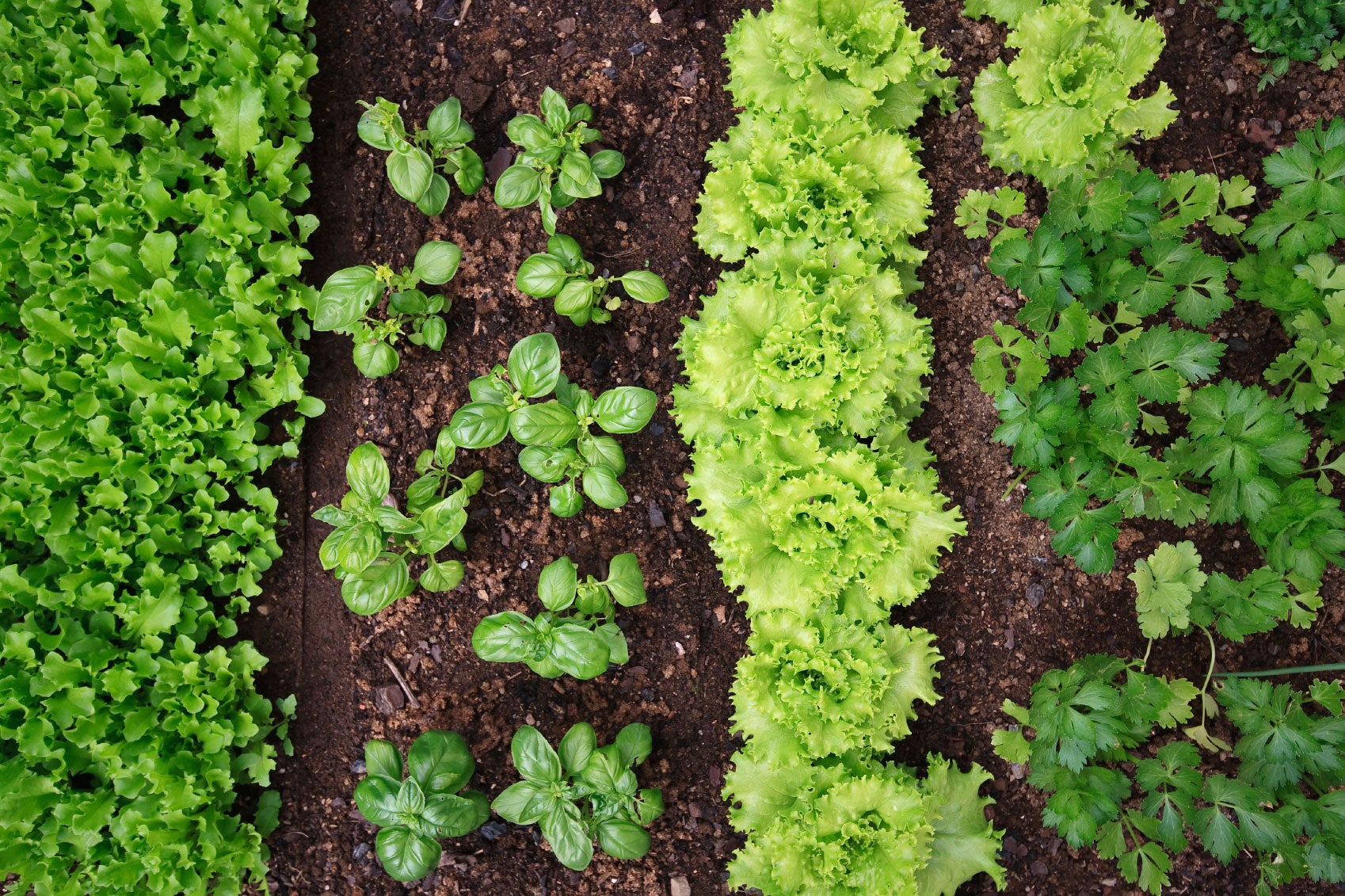
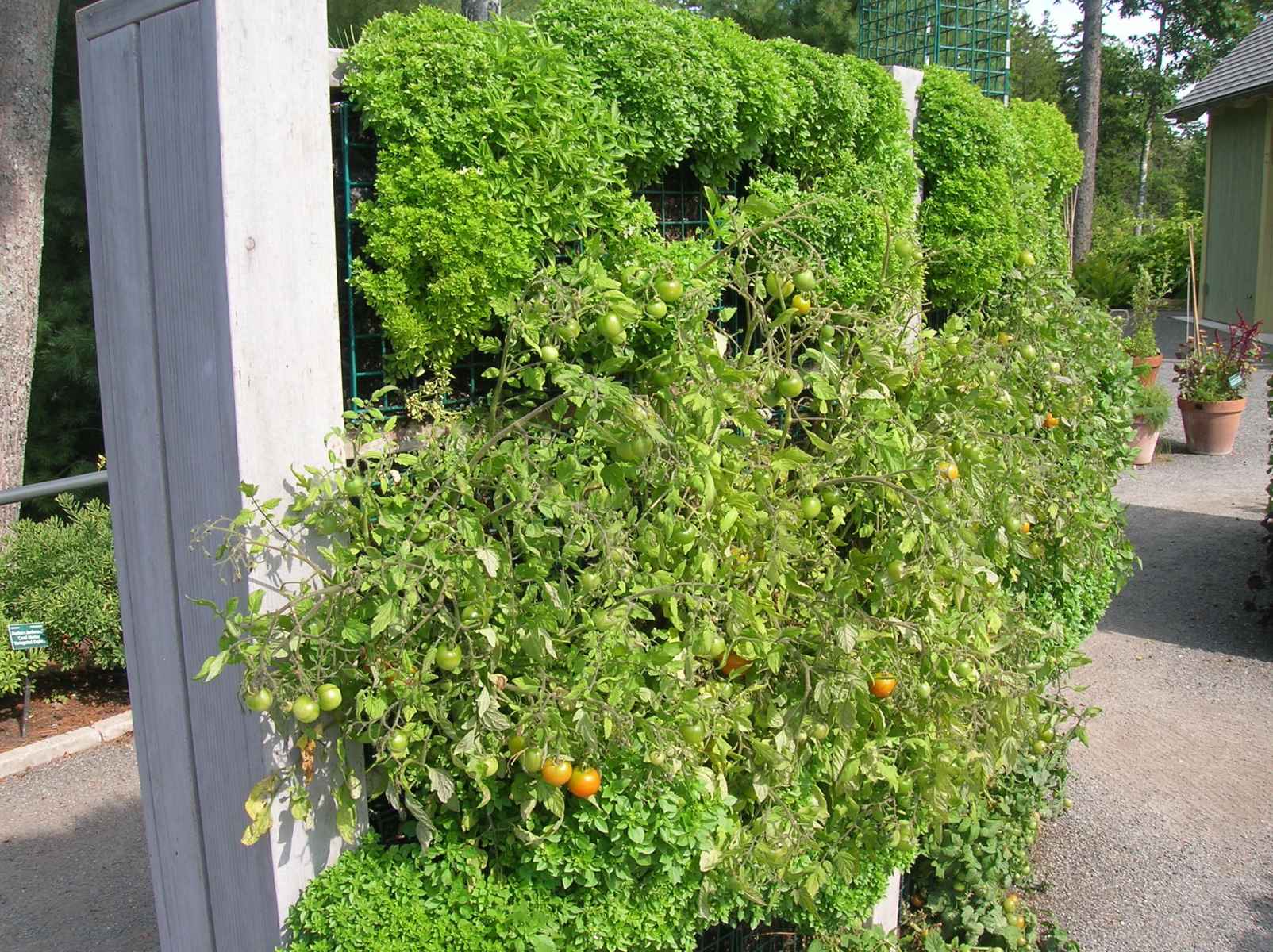
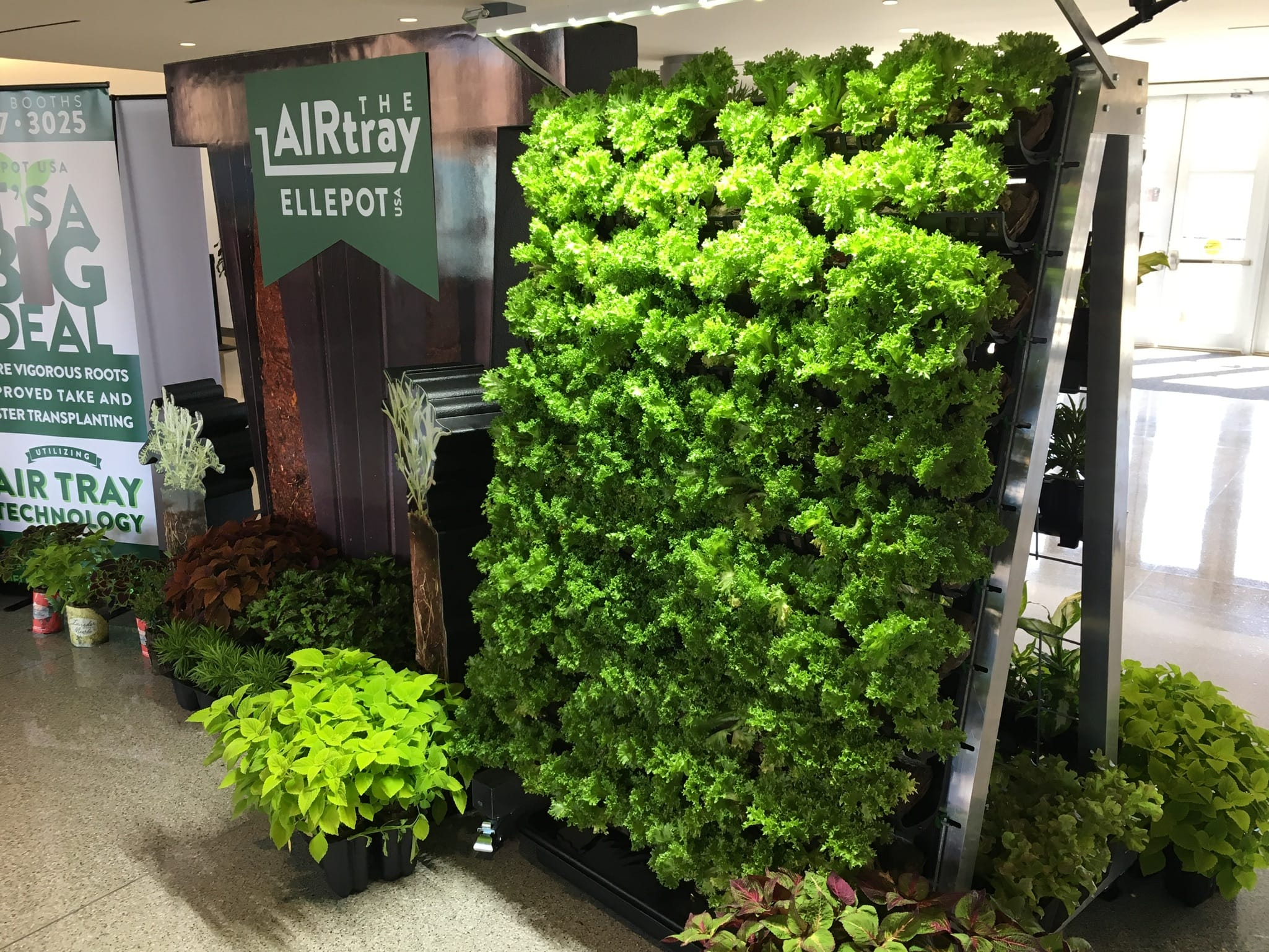

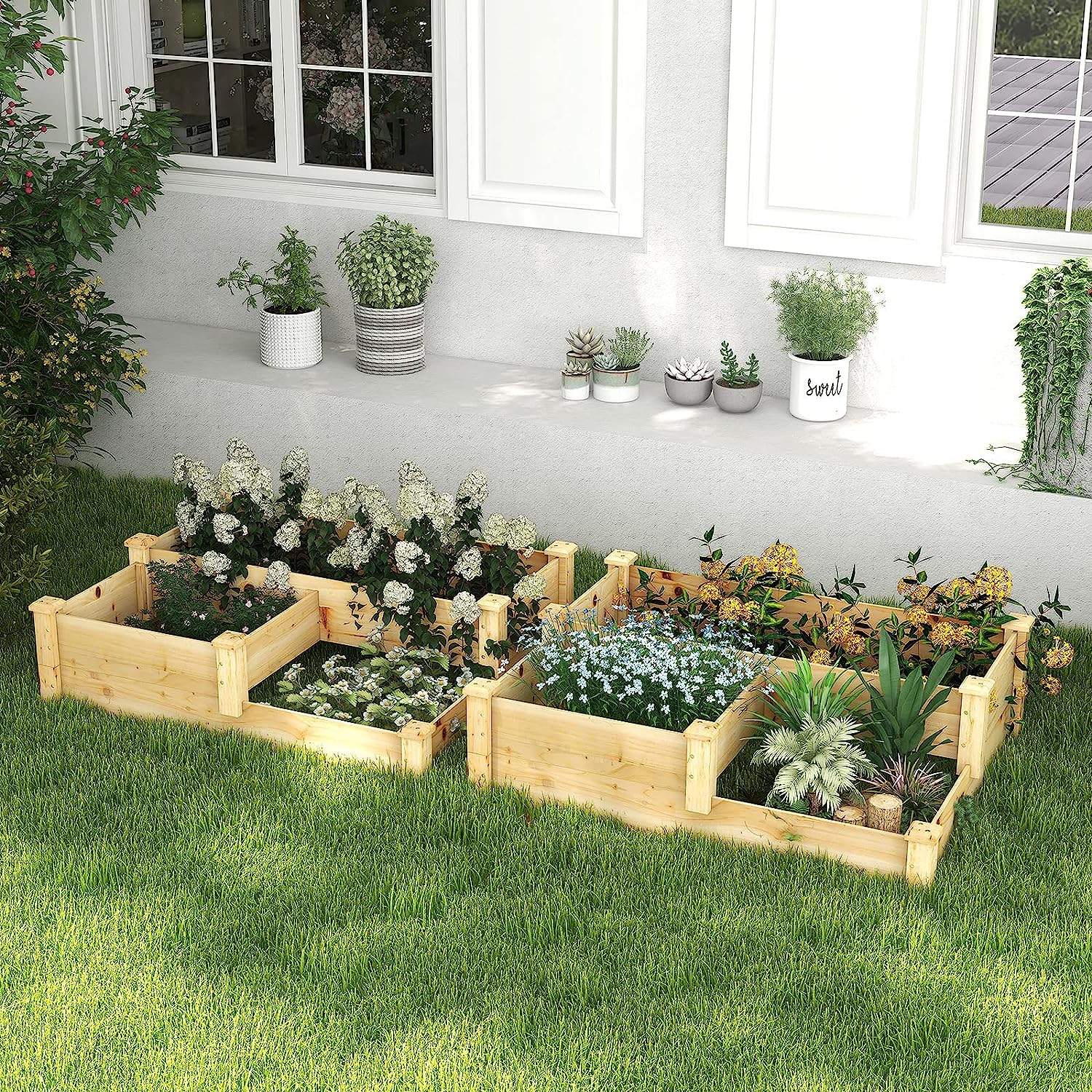
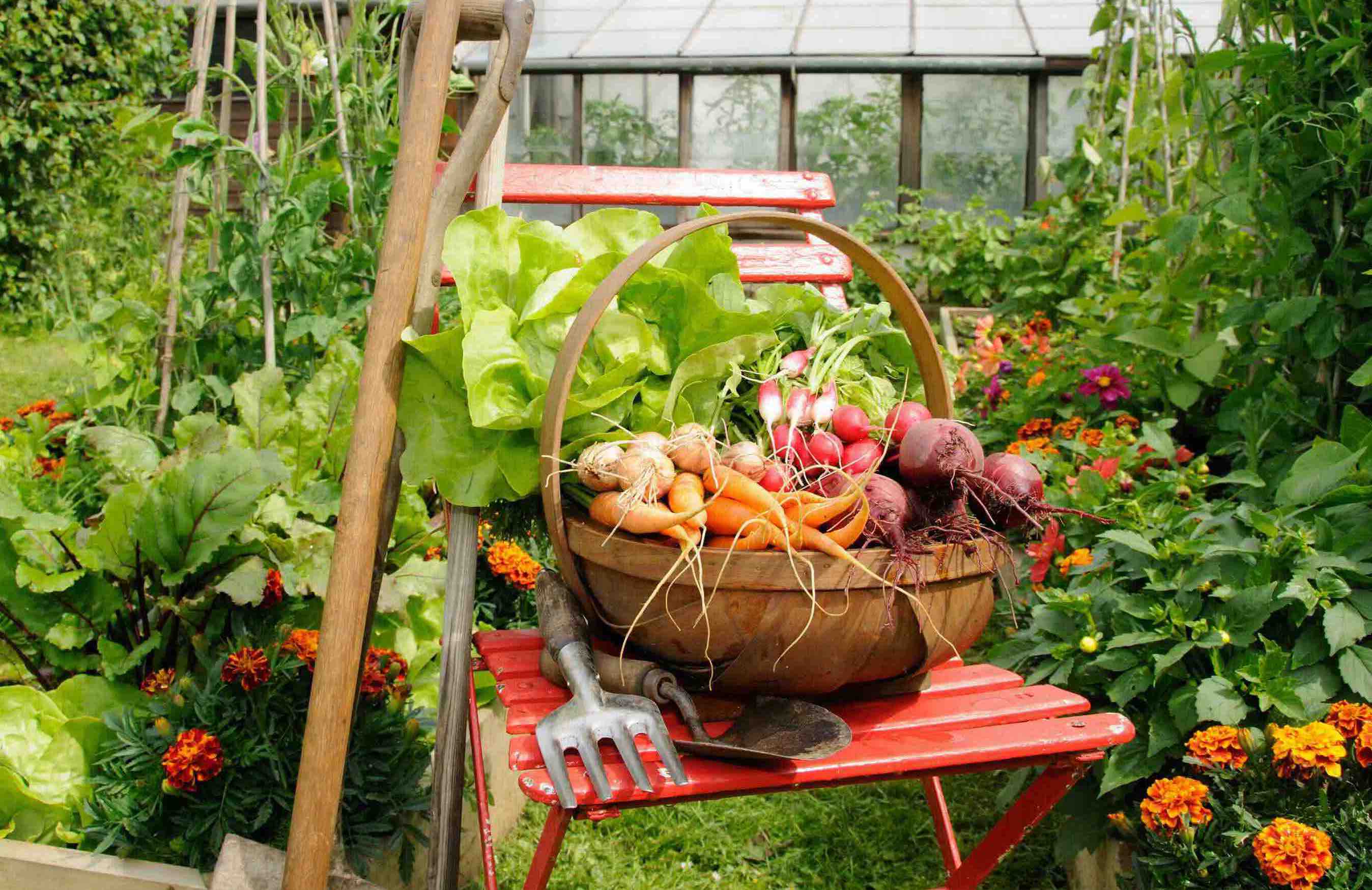
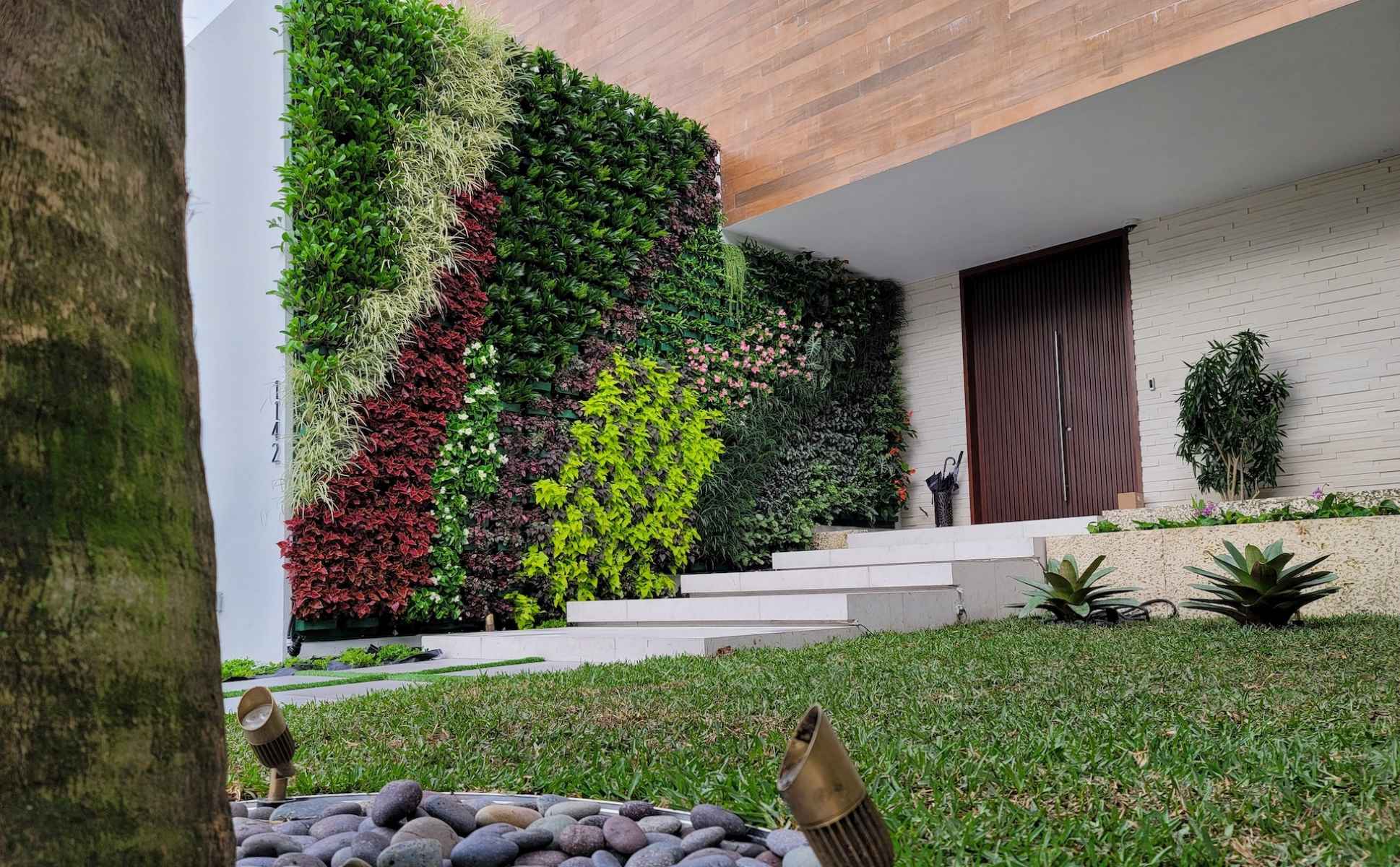
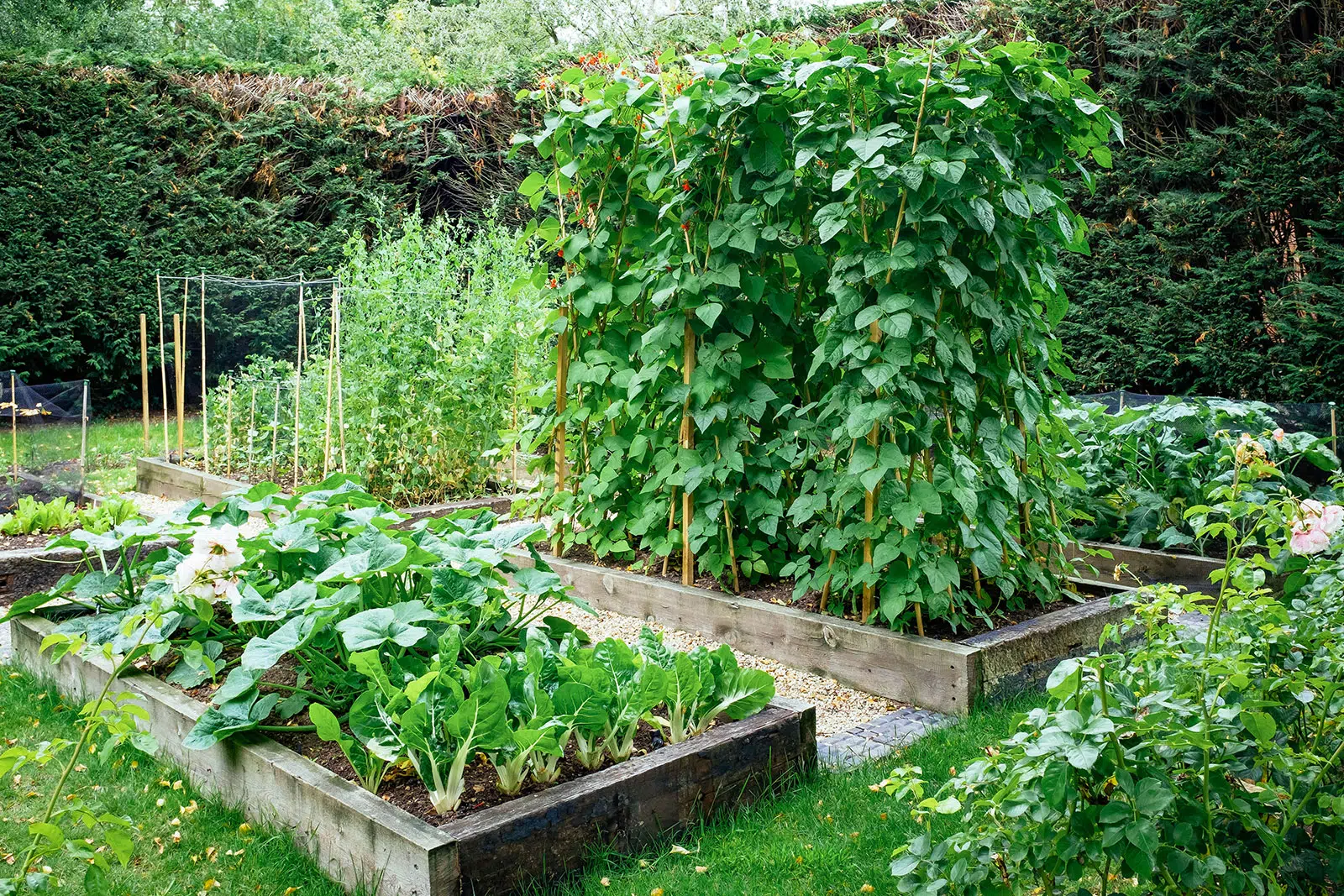
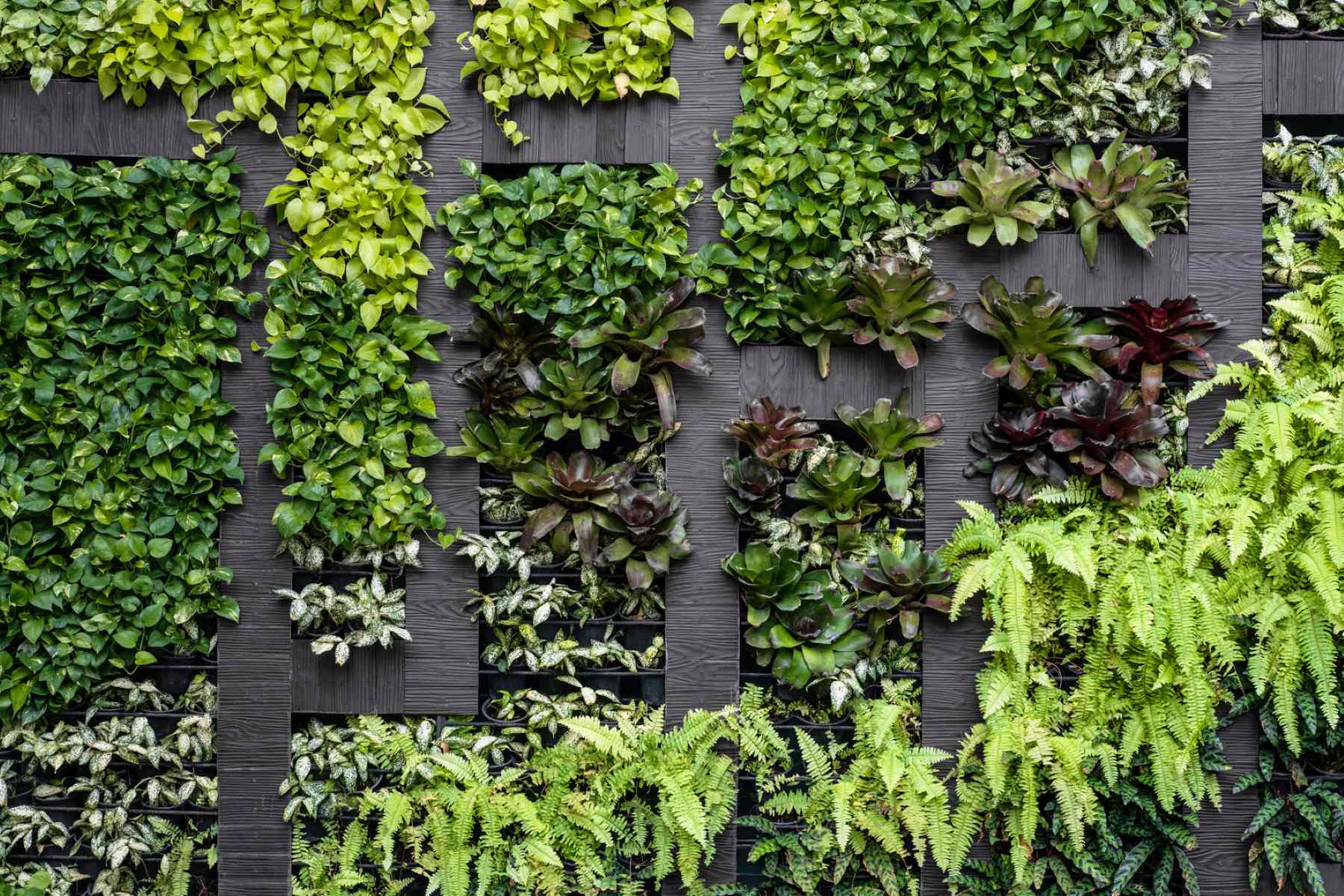
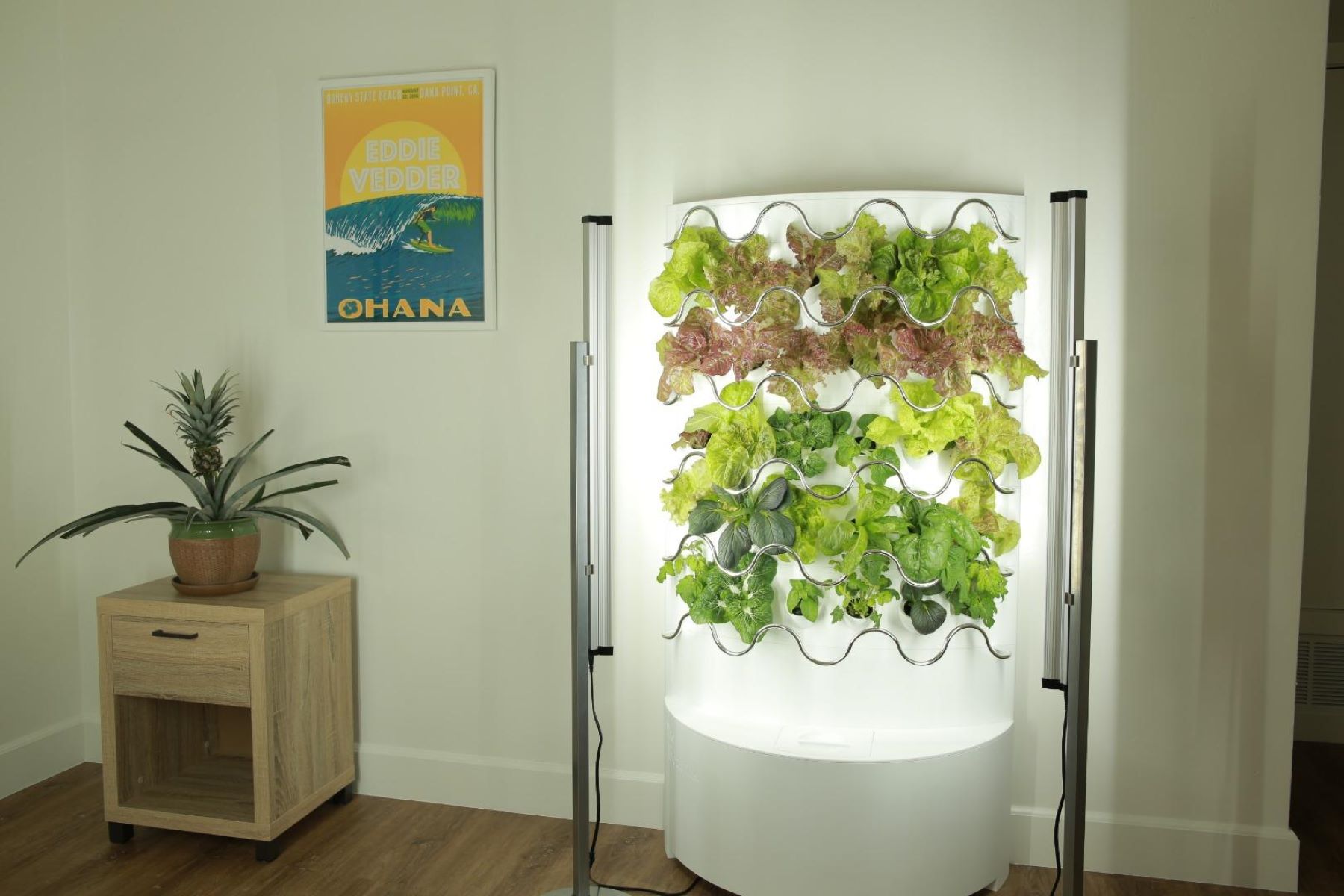
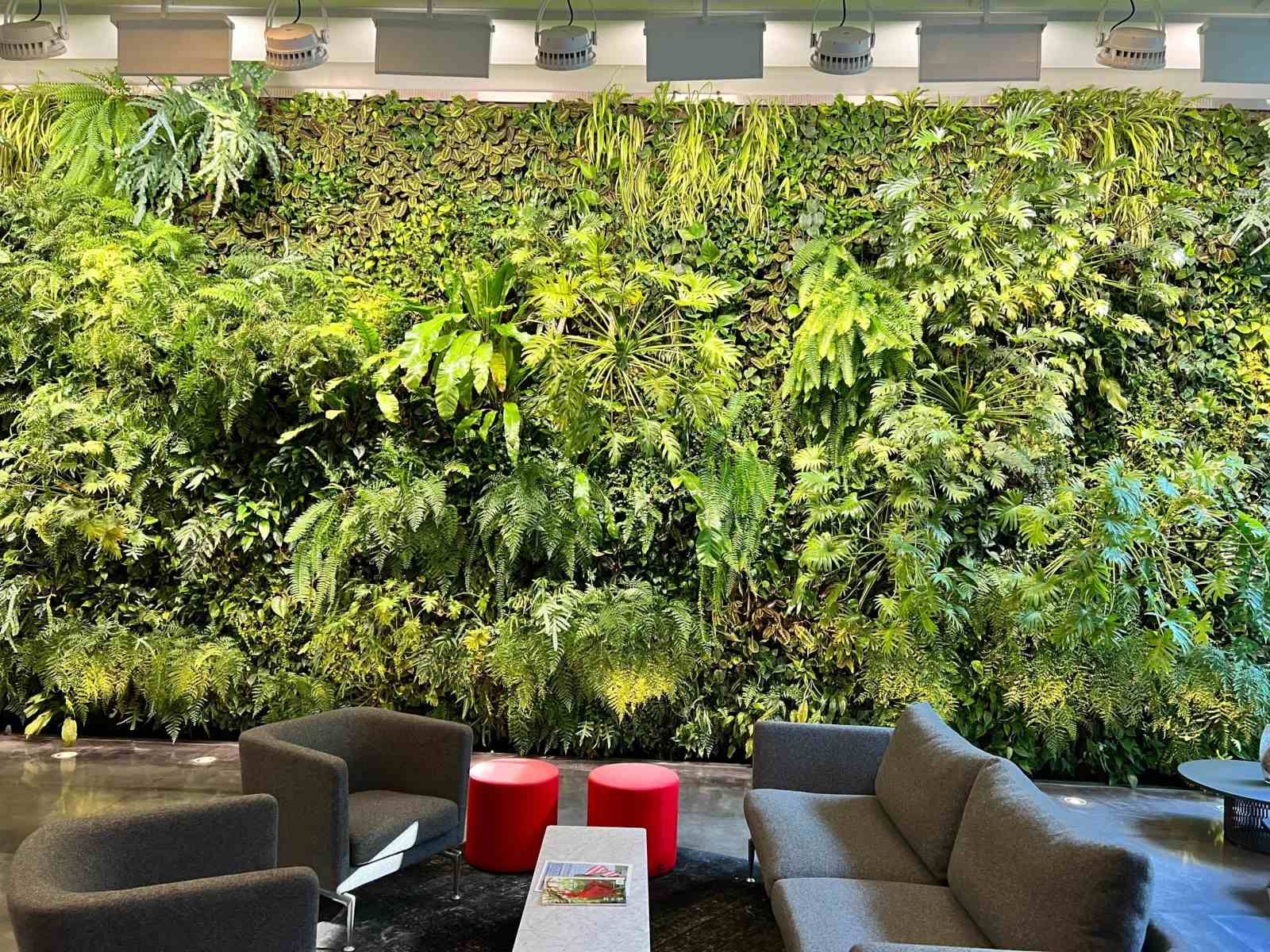
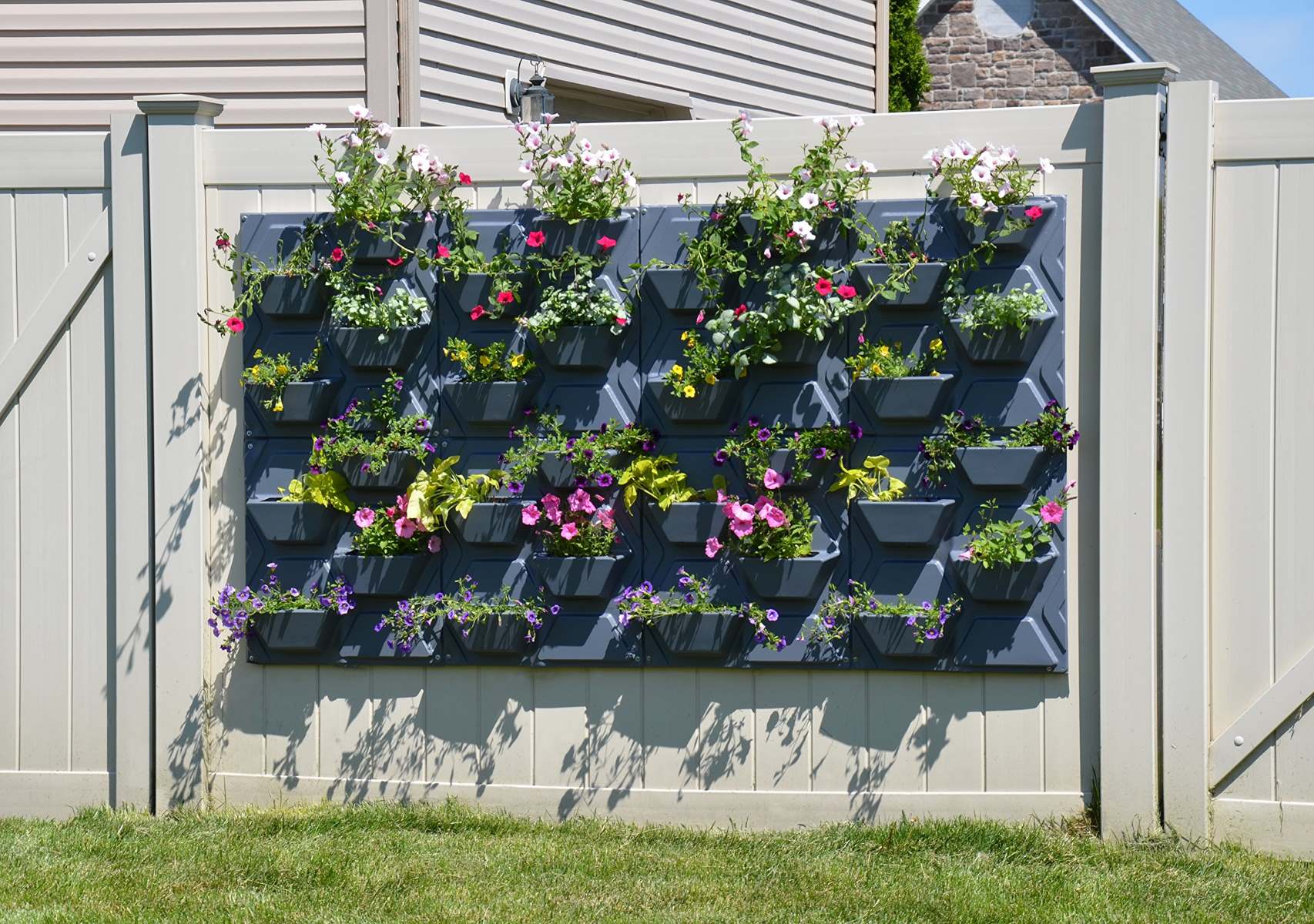
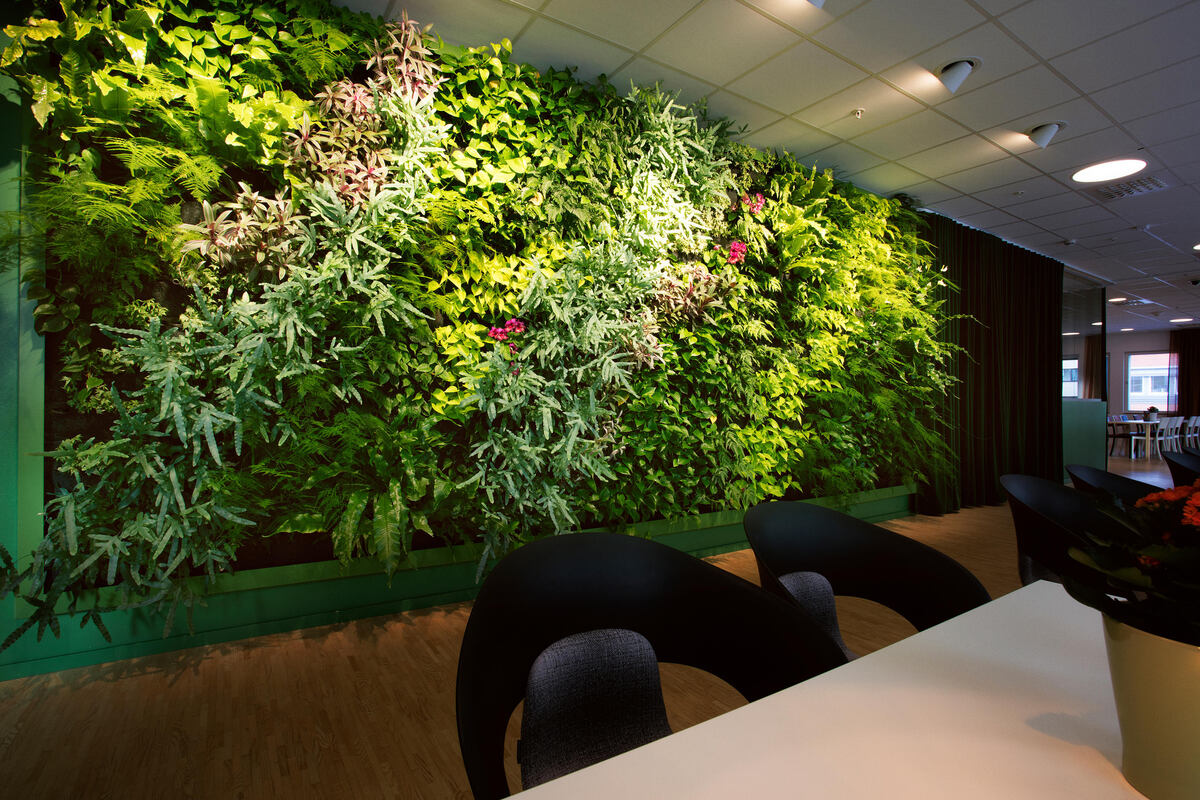

0 thoughts on “What Plants To Use In A Vertical Garden”